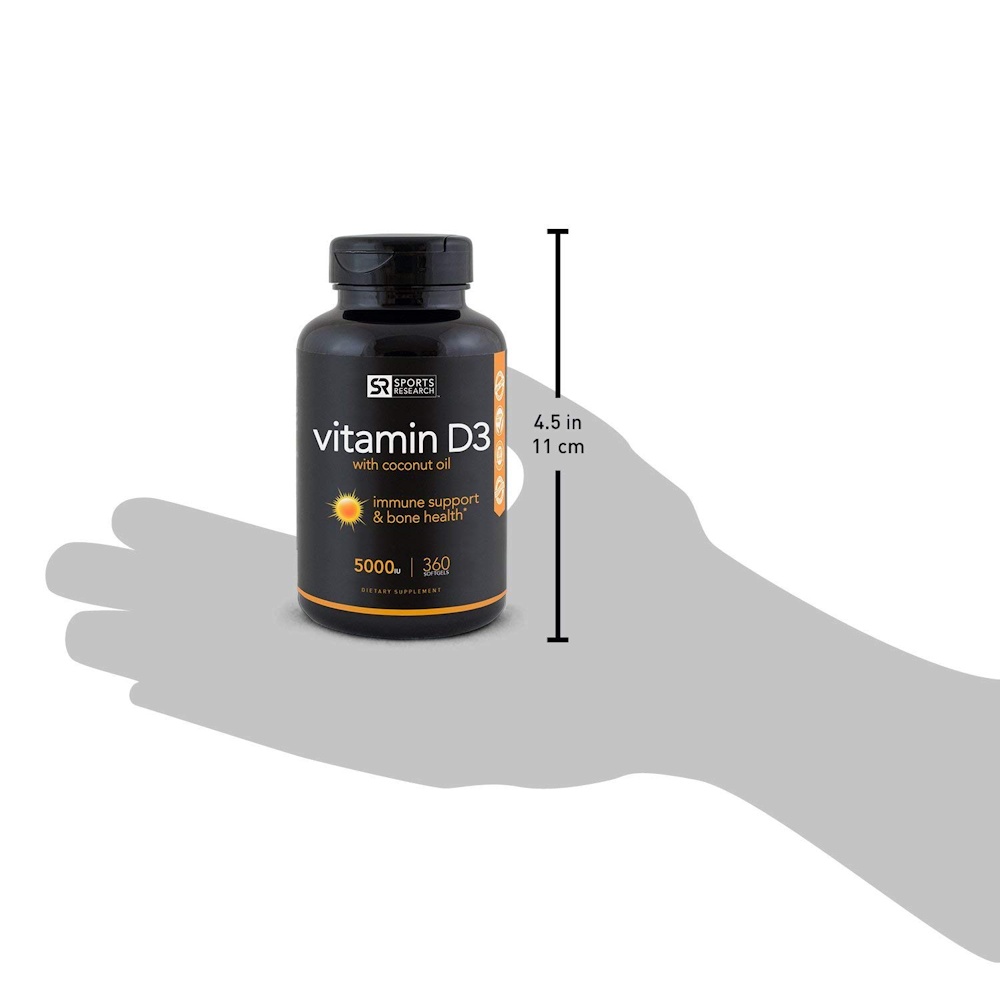A vitamin is an organic molecule (or a set of molecules closely related chemically, i.e. vitamers) that is an critical micronutrient which an organism needs in small quantities for the proper vigorous of its metabolism. critical nutrients cannot be synthesized in the organism, either at all or not in plenty quantities, and so must be obtained through the diet. Vitamin C can be synthesized by some species but not by others; it is not a vitamin in the first instance but is in the second. The term vitamin does not increase the three additional groups of necessary nutrients: minerals, critical fatty acids, and essential amino acids. Most vitamins are not single molecules, but groups of similar molecules called vitamers. For example, there are eight vitamers of vitamin E: four tocopherols and four tocotrienols. Some sources list fourteen vitamins, by including choline, but major health organizations list thirteen: vitamin A (as all-trans-retinol, all-trans-retinyl-esters, as with ease as all-trans-beta-carotene and additional provitamin A carotenoids), vitamin B1 (thiamine), vitamin B2 (riboflavin), vitamin B3 (niacin), vitamin B5 (pantothenic acid), vitamin B6 (pyridoxine), vitamin B7 (biotin), vitamin B9 (folic sour or folate), vitamin B12 (cobalamins), vitamin C (ascorbic acid), vitamin D (calciferols), vitamin E (tocopherols and tocotrienols), and vitamin K (phylloquinone and menaquinones).
Vitamins have diverse biochemical functions. Vitamin A acts as a regulator of cell and tissue growth and differentiation. Vitamin D provides a hormone-like function, regulating mineral metabolism for bones and supplementary organs. The B rarefied vitamins act out as enzyme cofactors (coenzymes) or the precursors for them. Vitamins C and E law as antioxidants. Both deficient and excess intake of a vitamin can potentially cause clinically significant illness, although excess intake of water-soluble vitamins is less likely to reach so.
Before 1935, the only source of vitamins was from food. If intake of vitamins was lacking, the result was vitamin nonattendance and consequent deficiency diseases. Then, commercially produced tablets of yeast-extract vitamin B highbrow and semi-synthetic vitamin C became available.
This was followed in the 1950s by the addition production and promotion of vitamin supplements, including multivitamins, to prevent vitamin deficiencies in the general population. Governments mandated addition of vitamins to staple foods such as flour or milk, referred to as food fortification, to prevent deficiencies. Recommendations for folic prickly supplementation during pregnancy shortened risk of infant neural tube defects.
The term vitamin is derived from the word vitamine, which was coined in 1912 by Polish biochemist Casimir Funk, who forlorn a profound of micronutrients valuable to life, all of which he presumed to be amines. similar to this presumption was sophisticated distinct not to be true, the "e" was dropped from the name. every vitamins were discovered (identified) in the middle of 1913 and 1948.
Vitamin D Supplement - Science-based Review on Benefits, Dosage, Side Effects Examine.com
Vitamin D - D3 Benefits & Difficiency In Neck & Back Pain
Vitamin D4 CAS:511-28-4 Active analogue of Vitamin D For Research Use High Purity Product





No comments:
Post a Comment